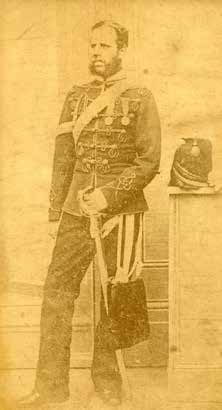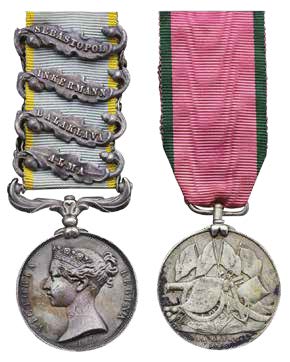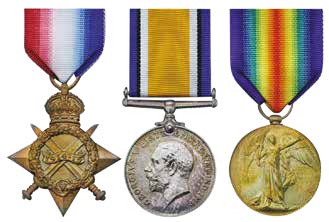
Marcus Budgen
Orders, Decorations and Medals
Spink London, conducted behind closed doors, 22nd-23rd April 2020
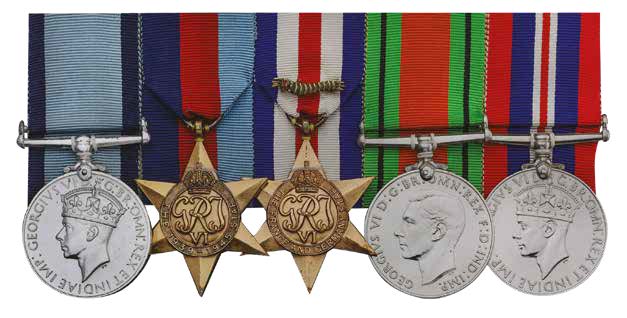
Our April Auction follows on from the three well-supported sales held last year. Many of you will also have greatly enjoyed our exhibitions, with our November Exhibition charting ‘200 Years of Polar Exploration’ breaking all records of those held previously. A full report was published in the previous edition of the Insider while a few exhibition catalogues, sold to benefit the Endeavour Fund, are still available (£25 plus P&P – please visit www.spinkbooks.com to order).
Our April Auction will of course be adapted in line with Government current health advice in light of the COVID-19 outbreak. At the time of going to print we will be holding the auction behind closed doors. Online, commission and telephone bidding will of course be available and the Department and the Auction Team are available at any time to talk you through these methods should we be able to assist.
I cannot recommend the SpinkLIVE online bidding platform highly enough, taking you to the auction room via your computer or mobile phone through the App.
The sale itself is once again full of simply quite remarkable stories and offers something for collectors of almost every field. It is also notably the largest sale offered in the history of the department – we held our first Auction of Medals in 1983 – with over 1,400 Lots offered from 22nd to 23rd April.
Our catalogue back cover is Lot 738, the quite superb immediate Second War 1944 CGM group of five awarded to Flight Sergeant SW Walters, No 44 (Rhodesia) Squadron, Royal Air Force Volunteer Reserve. A gallant Lancaster Bomb Aimer Walters was decorated for his valour on a hair-raising raid to the Ruhr Valley. When twenty miles from their target

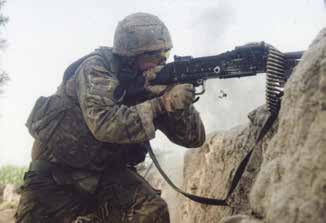
the Pilot was killed outright after being hit by accurate flak that left the ‘entire cockpit shattered’ – it was at this point Walters entered the stage, removing the Pilot and taking the controls, in spite of the fact that he had never flown a heavy bomber. Having somehow gained control of the stricken kite, he nursed it back to Blighty and ordered the crew to bale out as it was impossible to land, ignoring the easy option of taking to his parachute immediately for it risked the Lancaster smashing into a populated part of Kent. He instead remained at the controls, which were by that point ‘almost useless,’ rounded the crippled plane and headed for the sea, stunningly baling out at the last moment and gaining his membership of the Caterpiller Club. His next Op would come just a few weeks later and would be his last; again shot down during a raid on Heilbron, Walters spent the final months of the war behind the wire as a Prisoner of War.
The morning session begins with a good offering of Single Campaign Medals, including some notable early campaign awards. The later campaign awards also include a number of General Service Medals 1918-62 and 1962-2007, which feature a number of unusual awards to the Royal Air Force and servicemen who were wounded during the Second World War. The Afternoon Session continues with Long Service, Coronation and Jubilee Awards, including Lot 477, the most unusual Army Long Service and Good Conduct Medal awarded to Colour-Sergeant J Hazlewood, Grenadier Guards, who served as Military Tutor to the future King Edward VII.
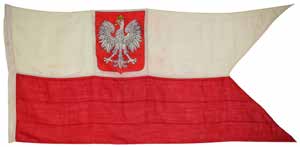
Particular attention should be drawn to Lots
586-630, which form ‘An Important and Well-
Documented Collection of Modern Campaign
Awards’. This collection has been formed over the past three decades and features perhaps the most complete group of awards for recent campaigns offered to date. Almost every group includes photographs and additional documentation related to the serviceman or servicewoman, which offers a unique opportunity for insight into the soldier of today. The collection includes a number of casualties from the Iraq and Afghanistan conflicts, specialist operators, and boasts two dog handlers, while my personal highlight has to be Lot 624, the historic campaign group of three awarded to Rifleman DA ‘Dan’ Meally, The Rifles. Meally witnessed his fair share of action in Iraq and Afghanistan – including being on patrol when his close friend and mentor Colour-Serjeant K Fortuna was killed in action, and serving alongside Sergeant D Cutterham the very next day, when he won a CGC. Meally’s image went global when it was captured by Alison Baskerville during Operation ‘Zangal Haf ’, the daring commando mission deep behind enemy lines
which resulted in the destruction of a number of bomb factories; the shot of him firing his LMG at the enemy made the front page of The Sun. Returned from the front, Meally wanted a further taste of action, and having seen the scourge of the Islamic State (ISIS/ISIL) he
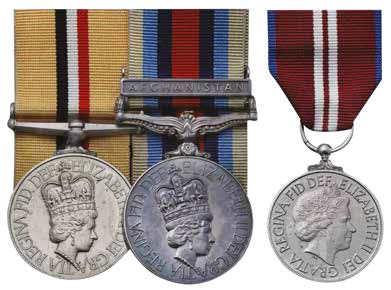

made his way to link up with the Kurdish People’s Protection Unit in Syria, fighting on the front line as a ‘Lion of Rojava’ together with Canadian poster-boy Brandon Glossop. The group includes a plethora of photographs and a number of ‘trophies’ from his campaign in Syria in 2015. It is understood to be the first group known to come for sale for a confirmed combatant against ISIS.
The section of Awards for Gallant or Distinguished Service is once again packed with rare and important groups and singles. Particular attention should be drawn to Lot 643, the rare and outstanding Second World War ‘Sinking of the Bismarck’ DSM group of twelve, awarded to Chief Petty Officer B Lassa, Free Polish Navy, who served aboard the ORP Piorun which ‘wanted to take on the battleship single-handed’ in a David vs Goliath encounter of monumental proportions. Twice sunk by Luftwaffe bombs and GNAT torpedo – which included surviving the sinking of the Grom at Narvik – Lassa served as Gunner aboard the Piorun during the Clydeside Blitz and valiantly fought off the attention of repeated armadas of enemy aircraft, winning the fond affection and respect of the people of Glasgow. The Lot is offered on behalf of Lassa’s family and is accompanied by a fine archive, including the Free Polish Navy Battle Ensign reputedly flown above his ship for the legendary action.
The Auction offers a number of exceptional awards to pioneering airmen, including the awards of the legendary Air Vice-Marshal Sir Matthew Brown ‘Bunty’ Frew, Royal Flying
Corps and Royal Air Force, late Highland Light Infantry (Lot 733). Frew ended the Great War with a confirmed tally of 23 victories, but his real tally was surely far higher, since he often encouraged junior Pilots in his Squadron by giving them the credit for victories which were really his own.
The story of Group Captain TB Bruce, Royal Flying Corps (Lot 735) is also notable. Having been shot down he produced ‘one of the greatest stories of the War’; his autobiography Missing recalled his thirteen weeks masquerading as a peasant in Belgium and subsequent times when he avoided being handed over from neutral Holland to Germany – which would most likely have ended in him being shot as a spy, having previously despatched an enemy sentry on crossing the border. Bruce also impressed upon the fairer sex in order that he might secrete himself at certain times. The preceding group, Lot 734, comprises the awards of Great War ‘balloonatic’ Lieutenant AV Burbury, Royal Air Force. Having won himself a Military Cross escaping his stricken balloon, Burbury was wounded on active service and finished the war at Archangel assisting the White Russians. A quite remarkable man – he took it upon himself post-War to adopt the attitude of Don Juan, “To bring love and physical satisfaction into the lives of as many women as possible who might otherwise be deprived.” It was clearly mission accomplished for, “At his funeral, the church was full of women of all ages, dating back to his youth and coming right up to the newest loves of his last year.” There was just one man in the congregation. Hats off!
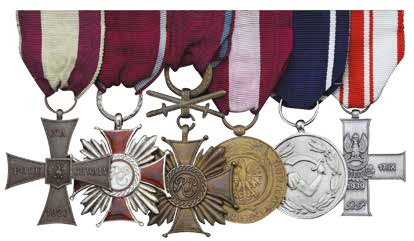
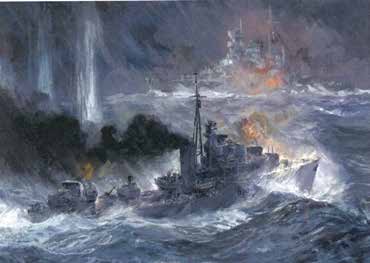
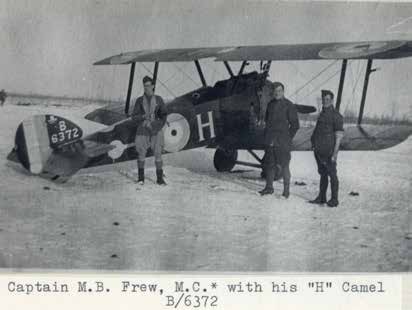
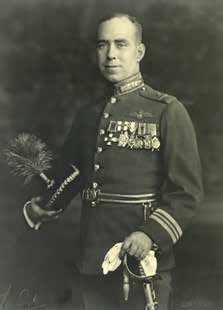
The Auction is also rich in stories of gallant
Second World War airmen, including Lot 742,
the poignant fighter ace’s DFC group of six
awarded to Squadron Leader KG ‘Kenny’ Hart, Royal Air Force, a distinguished veteran of the Battle of Britain who was killed in action in December 1944. He opened his account as a 19-year-old Spitfire pilot in No 65 Squadron on 26th May 1940, downing a Me 109 over France before himself being compelled to undertake a forced-landing on the beaches of Dunkirk. In a storyline and scene reminiscent of Christopher Nolan’s recent and acclaimed film of that name, he ‘torched’ his shot-up aircraft and managed to get home. Another 109 having fallen to his guns in late June, he remained much engaged throughout the Battle of Britain, claiming yet another 109 and a probable He 111 in August; his Spitfire was once again hit by return fire on the 20th, leading to his second forced-landing, on this occasion on Havengore Island, Foulness. Next seeing action in Tomahawks of No 250 Squadron, he added to his score in numerous engagements over Tobruk and Gazala in the period December 1941 to January 1942. He was awarded the DFC, the recommendation crediting him with eight confirmed ‘kills’. The gallant Hart embarked on his third – and final – tour of operations in No 18 Squadron in February 1944. Having flown over 30 missions in the unit’s Bostons, latterly as a 23-year-old Squadron Leader, he was killed in action on an
intruder sortie over Italy that December.
Lot 752 is the rare Battle of Britain Veterans AFM group of five awarded to Flight Lieutenant C Beveridge, Royal Air Force. Having flown a tour of night operations as an Observer / Air Gunner in Blenheims of No 219 Squadron in August-September 1940, he converted to Beaufighters as a newly qualified Radar / Navigator and undertook numerous sorties out of Tangmere in the period leading up to November 1941. He subsequently became a highly skilled – and much in demand – Flight Engineer in Liberators and Yorks of No 511 Squadron, undertaking one of the first direct flights to Egypt and back; nor were such flights of an ordinary nature, his squadron often being charged with the safe delivery
of a string of VIPs to overseas conferences. He was thus employed in conveying such notables as Air Chief Marshal Sir Arthur Tedder to the Cairo conference attended by Churchill, Roosevelt and Chiang Kai-shek in November 1943. He also conveyed Air Chief Marshal Sir Charles Portal, General Sir Alan Brooke, Admiral Sir Andrew Cunningham, General Sir John Dill and General Sir Hastings Ismay from Habbaniya to the famous Teheran conference later in the same month. Awarded the AFM – one of just two such distinctions granted to ex-Battle of Britain aircrew – and commissioned in August 1943, Beveridge ended the war on like duties in No 24 Squadron, and added a mention in despatches to his accolades.
Day 2 dawns with the Campaign Groups and Pairs. Lot 764 is the Irwin family group, sold
by a direct descendant, including the award of
Sergeant H Irwin, Royal Marines, who served on Captain Edward Parry’s expedition to the North West Passage aboard HMS Hecla, 1824-25.
Lot 772 is the superb and well-documented
Light Brigade Charger’s Crimea Medal to
Sergeant HG Wickham, 13th Light Dragoons;
despite receiving a lance-wound, Wickham
bravely helped a wounded comrade to safety, an
act immortalised in Lady Butler’s painting ‘The Return’.
Moving forward to the Great War, focus should be given to a number of truly moving stories. These include Lot 831, the fascinating and deeply moving Great War trio awarded to Lieutenant A Johnston, King’s Shropshire Light Infantry, whose witty and candid accounts of life in the Ypres Salient earned him universal esteem; with courage equal to his intellect, Johnston’s career as a Punch journalist was cut short in April 1916, when he was killed by a sniper while leading a successful attack.
Following is Lot 832, the Great War trio and Memorial Plaque awarded to Captain AG Kirby, London Rifle Brigade; as Captain of the Leander eight at the 1912 Stockholm
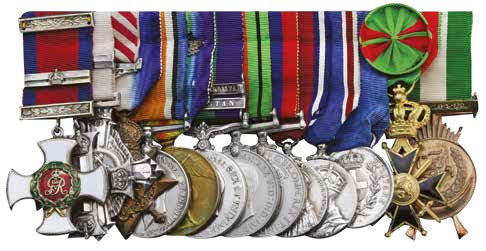
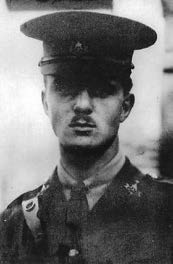
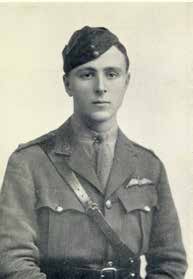
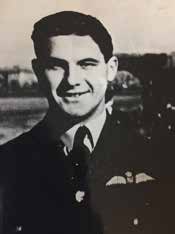
Olympics, Kirby led the British rowing team to a Gold Medal victory, only to die of sickness on the Western Front in 1917.
Further mention should be made of Lot 839, the remarkable Great War trio to Captain AL ‘Brains’ Attwater, Royal Welch Fusiliers, a prize-winning Cambridge classicist who served alongside Siegfried Sassoon and Robert Graves, convalescing with them at Craiglockhart Hospital after a severe gunshot wound to the hip. Mentioned repeatedly in Goodbye To All That, Attwater went on to become a renowned Cambridge professor, bequeathing a vast library to Pembroke College and founding its English scholarships.
Finally, I would implore you to study Lot 841,
the important and highly emotive ‘War Poet’s’
1914-15 trio to awarded to Captain WSS Lyon,
Royal Scots, whose haunting lines encapsulate
the horrors of the Ypres Salient; killed in action
at Potijze Wood on 8th May 1915, Lyon lives on through his war poetry. Lines Written in a Fire- Trench offer a small insight to his boundless talents;
‘Tis midnight, and above the hollow trench, Seen through a gaunt wood’s battle-blasted
trunks And the stark rafters of a shattered grange, The quiet sky hangs huge and thick with stars. And through the vast gloom, murdering its peace Guns bellow and their shells rush swishing ere They burst in death and thunder, or they fling Wild jangling spirals round the screaming air.’
The Campaign Groups and Pairs continue with a number of well-illustrated Second World War items and a number of later flying items which offer good research potential.
It would be improper not to divert attention towards Lot 1023, the well-documented and poignant Hurricane ace’s ‘Fall of France’
campaign group of three awarded to Flying
Officer HP Dixon, Auxiliary Air Force. A prewar Cambridge graduate who additionally
served in the University Air Squadron, Dixon
was commissioned in No 607 Squadron of
the Auxiliary Air Force in 1936. Called-up
in August 1939 – and having seen action over
the North Sea in 607’s antiquated Gladiators
– he converted to Hurricanes after joining the
Advanced Air Striking Force in France. The
subject of a royal visit and a press call – from
which emerged some memorable Daily Sketch
images of Dixon – 607 shared in the costly air
battles marking the advent of the Blitzkrieg. His own part in those operations in May 1940 was exemplary, five enemy aircraft falling to his guns in as many days but, on being re-assigned to No 145 Squadron, he was shot down off Dunkirk on 1st June 1940. His brother, John, witnessed the incident, standing on the Mole, but had no idea of the unfortunate airman’s identity. Recently released Air Ministry casualty records poignantly document the protracted and painful journey endured by his family in securing the truth about his fate: it finally emerged that Dixon – suffering from extensive burns – had been plucked from the sea and died in a coma at a Casualty Clearing Station two days later.
The section comes to a close with Lot 1065A,
the outstanding Falklands ‘Sinking of HMS
Coventry’ campaign pair to Marine PK ‘Tug’
Wilson, Royal Marines, who was mentioned in
dispatches for gallantly rescuing thirty crewmen off Falkland Sound on 25th May 1982.
Given the importance of the food supplies
we all require at this moment, Lot 1073 should
draw attention, being the Royal Warrant
Holders Association Medal awarded to Wallace Wyndham Waite, one of the founders of Waitrose. In a turn of fate, we also offer the awards of Private W Morford, himself a pre-War employee at Waitrose (Lot 872).
A strong section of Single British Orders and Decorations includes a number of gems in this field, including an Order of Merit (Lot 1101), Companion of Honour (Lot 1102) and examples of high grades of the Order of St Michael & St George, Order of the Bath, including a diamond-enhanced GCB Star (Lot 1117) and the Order of the Indian Empire. The Auction concludes with the Miniature Dress Medals (British & Foreign) and the Foreign Orders, Decorations and Medals, which includes a good run of Austrian and Hungarian Orders, besides a very rare Egyptian (Monarchy in Exile) Order of Muhammed Ali. Unusual items from Haiti, Hawaii and Brunei are also offered.
2019 was overall a strong year for the field.
Offering the most Lots for sale in many a year,
we saw quite exceptional prices with unusual
and well-researched items finding good homes at high prices almost across the board. The trend for the Zulu War continues whilst flickers
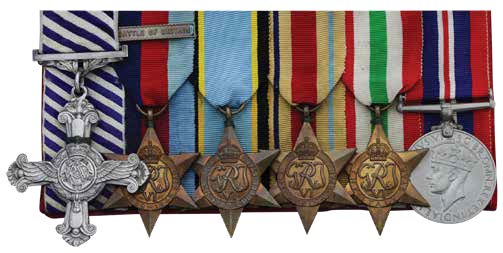
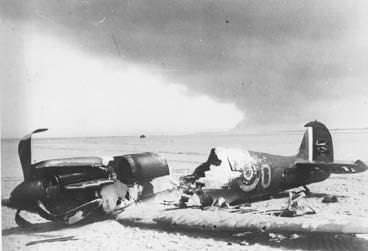

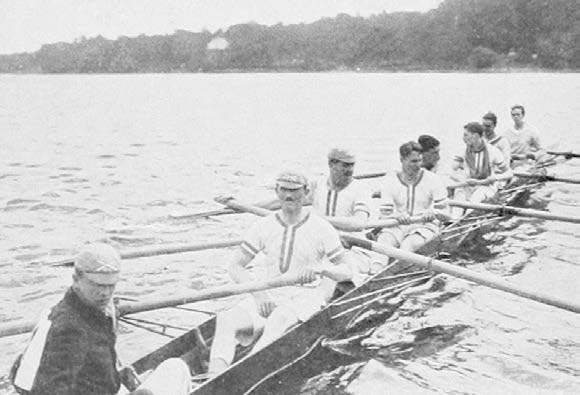
last year might suggest that awards for Waterloo and the Crimean Wars, which peaked perhaps ten years ago, are starting to make a revival. Awards for gallantry have an enduring attraction, while it might be observed that awards for the Second World War have the potential to move forward this year as new insights, illustrations and sources become available. It will be interesting to follow trends as we move into a digital era in which so much can be added to the interest surrounding an item by simply scouring online sources. The new generation of collectors who are mainly
participating online are also placing a high
premium upon items which offer the story of
the ‘person behind the Medal’ in forming their
collections. It would also be unfair to suggest
that traditional ‘type’ collections have gone out of fashion – I have had the privilege numerous times each year in finding that ‘missing puzzle piece’ for collectors near and far. Should we be able to advise on how best to focus, rationalise or build your collection – now or in the future – please do not hesitate to contact myself or my colleagues in the coming days, we are at your disposal. Do enjoy the catalogue, which is available online via www.spink.com.
Orders, Decorations and Medals will be
offered for sale by Spink London, behind
closed doors, on 22nd-23rd April 2020. For
further information please contact Marcus
Budgen, Head of Medal Department,
[email protected], +44 (0)20 7563 4061.
